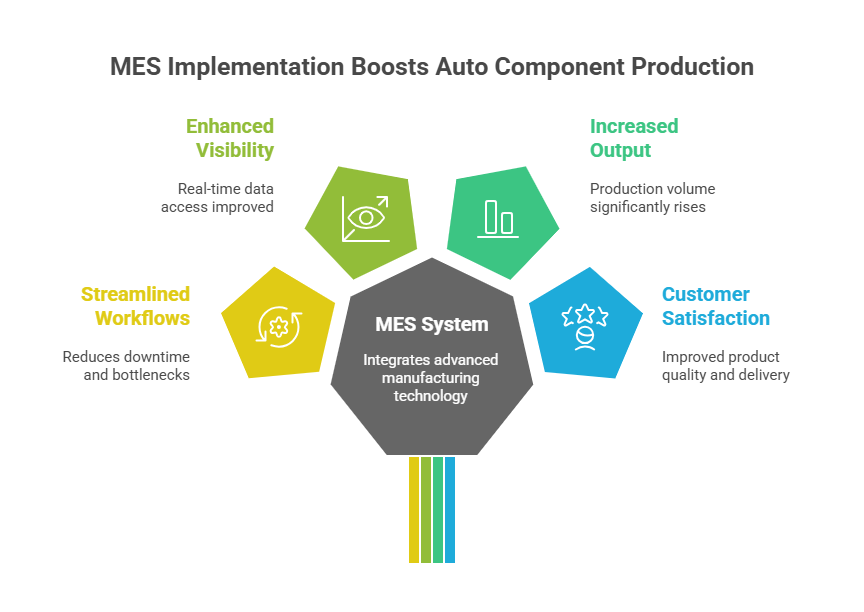MES Implementation Story
05 December, 2025
Experience Enhanced Application Performance with Our Expert QA & Testing Services

Applications and software undergo various tests before launch, ensuring usability, functionality, security, and integration capabilities. Detecting bugs or flaws is crucial. Testing is vital for all applications and software. SpeckyFox's QA experts optimize applications for operational efficiency, reducing regression testing time and costs.


SpeckyFox excels in both manual testing and functional automation. Our expert QA team meticulously tests your software applications to identify bugs, usability issues, and ensure smooth functionality. We also harness the power of automation tools to expedite testing processes, saving time and resources while maintaining accuracy.
Automation testing uses tools to check the applications and their equipment. It compares the test results with the expectations. These tools help perform regression tests and automate tasks like data setup, GUI interaction, installation, defect logging, and bug detection. Automation testing benefits from using scripts to test the software anytime. It also reduces development time and human error; automates boring and repetitive tasks, and tests the load capacity of the application.
At SpeckyFox, we understand the significance of performance testing in delivering a seamless user experience. Our skilled professionals conduct load and performance tests to evaluate how your application performs under different scenarios. This ensures your software can handle high traffic, heavy usage, and delivers optimal performance at all times.
SpeckyFox specializes in API and whitebox testing, ensuring seamless integration and efficient communication between different software components. Our expert team evaluates the internal structure of your application through whitebox testing, and we rigorously validate APIs to guarantee smooth interactions.
Security is a top priority at SpeckyFox. Our experienced team performs rigorous security testing to identify vulnerabilities, safeguard sensitive data, and protect your software against potential threats. Trust us to provide a robust security testing strategy for your application.
Database integrity is crucial for any software system. SpeckyFox conducts comprehensive database testing to validate data accuracy, reliability, and consistency. Our meticulous database testing procedures identify potential issues and help maintain data integrity for your application.
SpeckyFox is a Software Development and Testing company with more than 5 years of experience in the Industry. We have extensive experience in all types of models, such as fixed price, resourcing, managed services and T&M. We are passionate about building great products and delivering successful projects that make people's lives easier. We are a team of young professionals with diverse expertise in Software Development, Design and QA/Testing.










05 December, 2025

16 April, 2024

14 November, 2023
